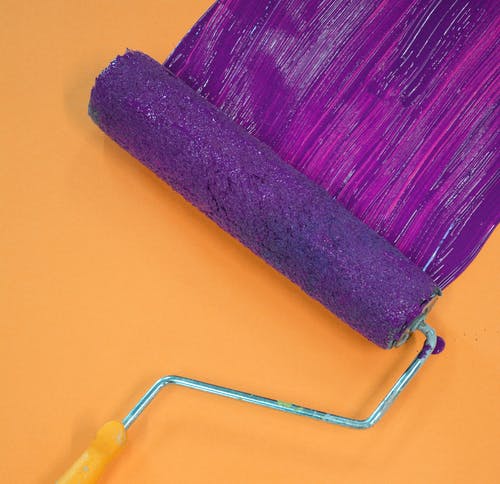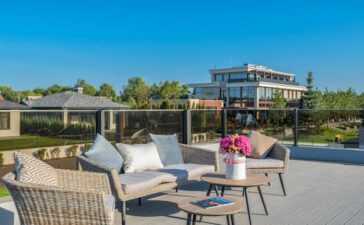Are you ready to give your dull interior walls a makeover? It may be the ideal time to learn about numerous painting techniques that can be used to create a variety of interior wall effects. Painting in a variety of imaginative ways gives you more possibilities than picking from a small selection of wallpaper designs. The following are seven different types of wall painting techniques, however there are many more to select from.
Patinas and Metals
Patina and Metal paint methods are ideal for enhancing the décor of a bedroom that has a modern, contemporary, or noticeable style. With this procedure, two different colours will show out equally. Apply a base coat and then a patina or metal paint glaze with a sponge.
Stippling
The stippling paint method is a popular painting technique used by numerous painters. Simulating varying levels of firmness with shading or microscopic dots can be used to create a delicate pattern on the interior of the house.
Applying a base layer first and then stabbing the walls with a separate glaze or paint in vertical areas is a straightforward approach to make stippling. The dotted texture is created by the stabbing movement. Many customers trust our paint professionals to complete this and other sorts of painting skills in their homes because this can be a difficult skill for them. Click here to Shop Small Paint Rollers at Two Fussy Blokes.

Smooshing
Smooshing creates a sophisticated effect for moiré wall treatments. A moiré pattern is a supplementary, visible second pattern placed onto a surface. The smooshing technique’s marbling look is relatively simple to accomplish. You start with a dark base and then quickly add a glaze mix.
Harlequin
You can employ the harlequin design for your walls if you have the right equipment. The harlequin design is a common diamond motif in nursery and children’s bedrooms. To achieve this look, use diagonal strips of painter’s ribbon and colour each diamond a various colour than what’s behind the tape.
Fresco
Use the fresco painting style to add some beautiful character to your walls. This method creates a parchment effect on the walls. Most fresco paints are easy to clean and virtually odorless. This technique is excellent for concealing flaws in the wall surface. This effect is created by combining six parts glaze with two parts normal paint and rolling it on.
Chalkboard Paint
Chalkboard paints come in a variety of colours and are erasable, washable, and long-lasting. Chalkboard surfaces are indeed a common choice these days, and they’re also quite useful for a variety of uses outside of the classroom. Chalkboard paints can be used for a variety of projects, from tiny projects to full walls. It’s also worth noting that repainting over chalkboard paint isn’t difficult or time-consuming.

Sponging
Finally, sponging is a convenient and commonly way to add dimension to walls. Various impacts are possible. Sponge a lighter shade over a darker colour to give dimension to a room, for instance. Use 2 distinct shades of the same colour for a subtle effect.
Painting a house is frequently more of a job than most people can handle while going about their daily lives.





